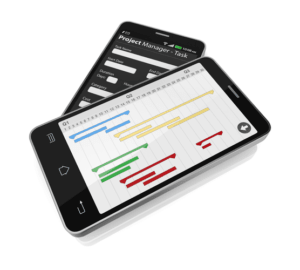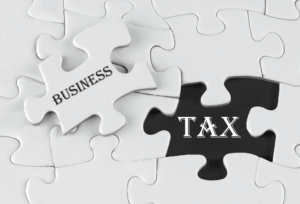0x1c8c5b6a
- 30 de junio de 2025
- Sin categorizar
0x1c8c5b6a
Leer másContent

Used if you are a foreign person to determine your distributive share of deemed sale items on transfer of a partnership interest. Partners will use the information to complete Form 4797, Sales of Business Property; and Form 8949, Sales and Other Dispositions of Capital Assets. The proper treatment of certain items by the partner are dependent on information that the partnership may not have, and thus the partnership may have reported certain information on the Schedule K-3 based on assumptions that are incorrect. In such cases, the partner must treat the items according to the partner’s actual facts, and file a Form 8082, Notice of Inconsistent Treatment or Administrative Adjustment Request (AAR), to identify and explain the inconsistency.

Unless also provided in Section 1, column (g), with respect to an acquisition of stock in the PFIC during the partnership’s tax year, these dates do not need to be entered on Form 8621 or on your U.S. federal income tax return. The amount reported on line 7 is the value of stock of the partnership-owned specified 10%-owned foreign corporation that is not a CFC. Use the information provided in the attachment to line 7 to determine if such amount should be reported on Form 1118, Schedule H, Part II, lines 3(a) through 3(f), as (1) section 245A dividend, or (2) Other.
Some of the amounts reported on these lines related to distributions by foreign corporations may be attributable to PTEP in annual PTEP accounts that a partner has with respect to a foreign corporation and are therefore excludable from the partner’s gross income. Section 4 reports your share of the foreign taxes paid or accrued by the partnership by separate category and source. The stock is characterized as a section 245A asset to the extent it generates income that would generate a dividends received deduction under section 245A if distributed. This does not include income that is included as GILTI, subpart F income, or a section 956 inclusion or income described in section 245(a)(5) (which gives rise to a dividends received deduction under section 245 instead of section 245A). Foreign taxes that are creditable (even if a partner chooses to deduct such taxes) are not reported as expenses on Part II.
Although the partnership does provide an analysis of the changes to your capital account in item L of Schedule K-1, that information is based on the partnership’s books and records and cannot be used to figure your basis. If you are required to file Form 8082 but do not do so, you may be subject to the accuracy-related penalty. This penalty is in addition to any tax that results from making your amount or treatment of the what is a schedule k tax form item consistent with that shown on the partnership’s return. Any deficiency that results from making the amounts consistent may be assessed immediately. Code U in box 20 is used to report the total remaining section 743(b) adjustment for applicable partners. Return of Partnership Income, is an IRS tax form that partnerships (or LLCs filing as partnerships) use to report their business’s annual financial information.
The written notice to the partnership must include the names and addresses of both parties to the exchange, the identifying numbers of the transferor and (if known) of the transferee, and the exchange date. If you https://www.bookstime.com/articles/goodwill believe the partnership has made an error on your Schedule K-1, notify the partnership and ask for a corrected Schedule K-1. Be sure that the partnership sends a copy of the corrected Schedule K-1 to the IRS.
Use the information to figure and report the dividends and foreign currency gain or loss on Form 1040 and Form 1120. Also use the information to claim and figure a foreign tax credit on Form 1116 or 1118. These amounts should also be entered as a negative adjustment in column (f) to ensure that the total OID reported on Part X reconciles with OID reported on Schedule K (Form 1065). Attach a statement explaining that the negative adjustment in column (f) is for reconciliation purposes only and is not relevant to the foreign partner’s tax liability and therefore need not be reported on the foreign partner’s tax return. The partnership should take a similar approach for reporting distributive share amounts to a foreign partner on Schedule K-3.
You can do this yourself, but many people use tax software or a professional accountant to do their business taxes. Schedules K-2 and K-3 will be a major change to partnership and S corporation reporting in 2021 and beyond. Many have suggested tailoring 2020 Schedule K-1 white paper detail to conform to the 2021 Schedules K-2 and K-3 in order to avoid issues going forward, but some tax preparers have not been so diligent. Because the process of gathering and reporting Schedule K-1 information is already onerous while operating on tremendously tight timelines, it is crucial to have procedures in place prior to the beginning of the 2021 Schedule K-1 reporting season. Furthermore, many international tax rules were altered and expanded by the 2017 tax reform act. That act requires that partnerships provide additional information to certain partners with regard to international tax attributes such as GILTI, BEAT, and FDII.